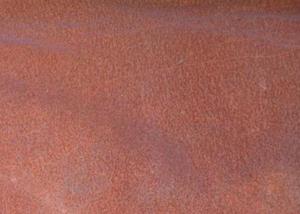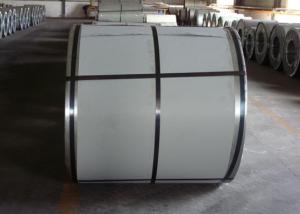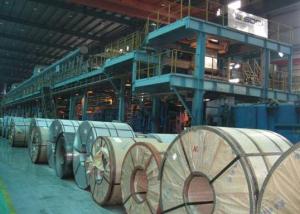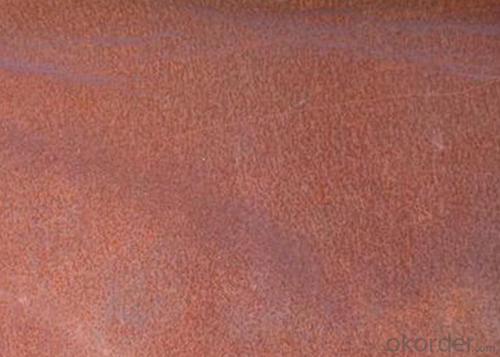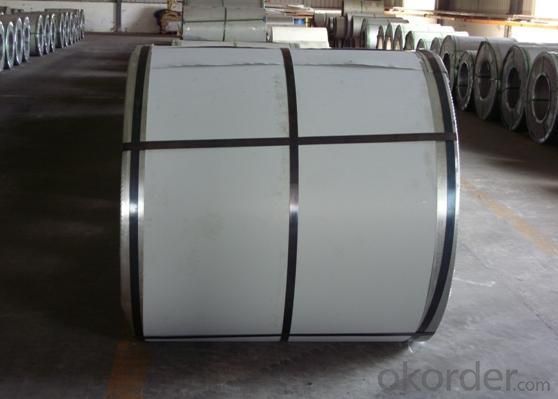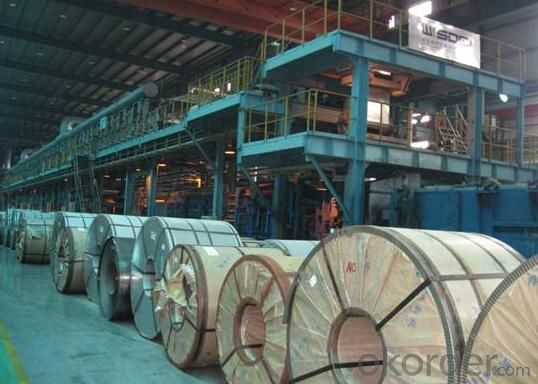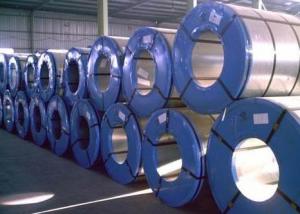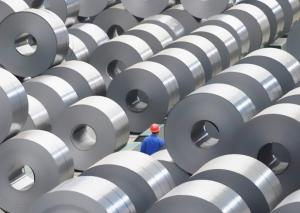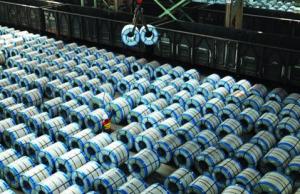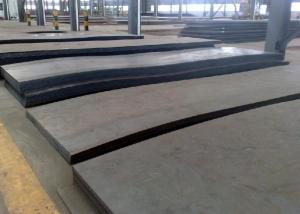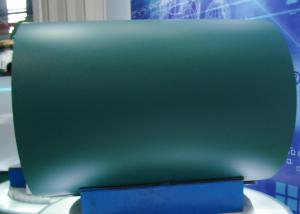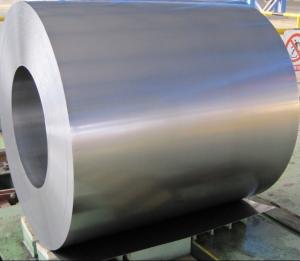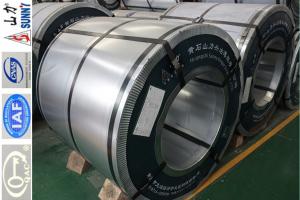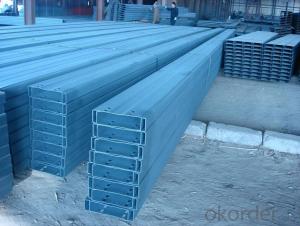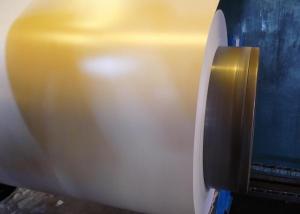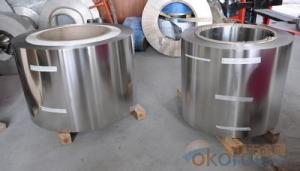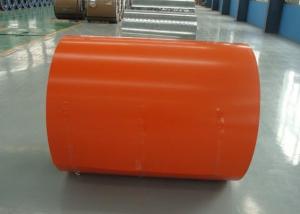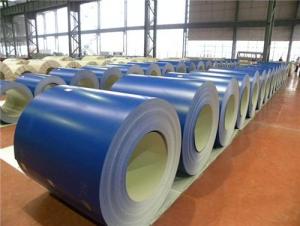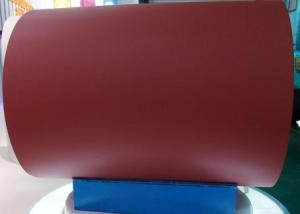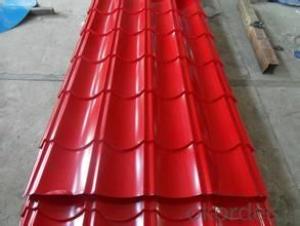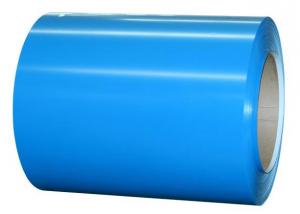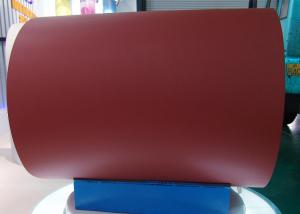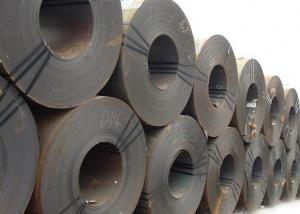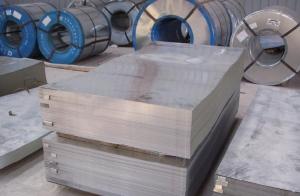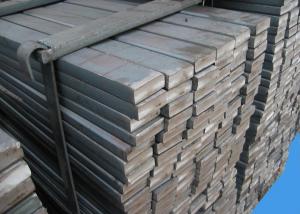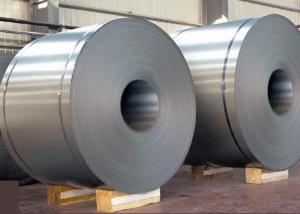Prepainted Galvanized Steel Matt
- Loading Port:
- Tianjin Port
- Payment Terms:
- TT or LC
- Min Order Qty:
- 50mt m.t.
- Supply Capability:
- 5000 tons per month m.t./month
OKorder Service Pledge
OKorder Financial Service
You Might Also Like
Prepainted Galvanized Steel Matt
With galvanized steel as base metal, after pretreatment (degrease and chemical treatment) and liquid dope with several layers of color, then after firing and cooling, finally the plate steel is called pre-painted galvanized steel. Pre-painted galvanized steel is good capable of decoration, molding, corrosion resistance. It generally displays superior workability, durability and weather resistance.
Brand Name: HBSTEEL
Specifications Of Prepainted Galvanized Steel Matt
|
Thickness 0.186-0.8mm (BMT) Width 1000-1250mm |
|
Zinc Coating 80-275g/m2 |
|
Color According to RAL color fan or as per request |
|
Internal Diameter 508mm or 610mm |
|
Coil Weight 4-8MT |
|
Quality Commercial and structural quality |
|
Paint Polyester paint for topside, epoxy for reverse |
|
Standard JIS G 3312, ASTM A755M, EN 10169 |
|
Base Steel Grade SGCC,SGCD,DX51D+Z,DX52D+Z;S200GD,S220GD,S280GD,S350GD,CS,FS,SS |
Chemical Composition OfPrepainted Galvanized Steel Matt
|
C |
Si |
Mn |
P |
|
0.04-0.06% |
0.01-0.03% |
0.18-0.22% |
0.014-0.016% |
Technical Data OfPrepainted Galvanized Steel Matt
|
Yield Strength |
(Mpa) 280-320 |
|
Tensile Strength |
(Mpa) 340-390 |
|
Elongation |
20%-30% |
|
Reverse Impact |
9J |
|
T-bending |
≥2T |
|
Pencil Hardness |
≥2H |
|
Duration Of Salt Spray Test |
500 H |
|
Bending At 180 Degree |
No crack, purling and fraction |
Applications Of Prepainted Galvanized Steel Matt
It can be widely used in transportation, light industry, civil usage and farming. It is also the perfect building material in construction for making steel roofing,insulation panel, corrugate sheet, facade wall,shutters,T-bar and home appliance.
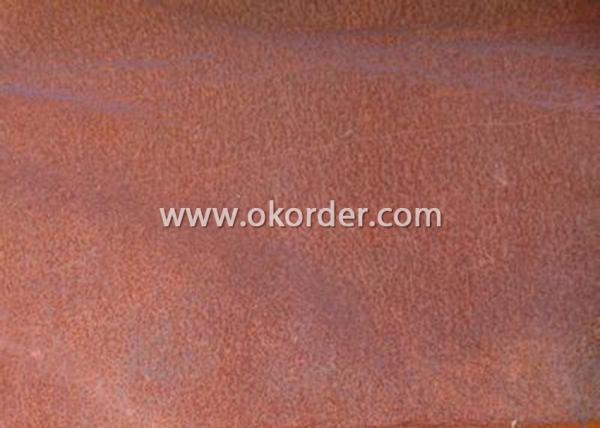
Packaging & Delivery Of Prepainted Galvanized Steel Matt
The packing of coils consists of anti-damp paper, PVC film, hardboard paper, steel box, strapped with steel strips, fitted with locks and edge protectors and guarantees the optimal condition of the delivered goods. Each coil can be additionally fitted with wooden/steel skids(eye to the side) or wooden pallets(eye to the sky).
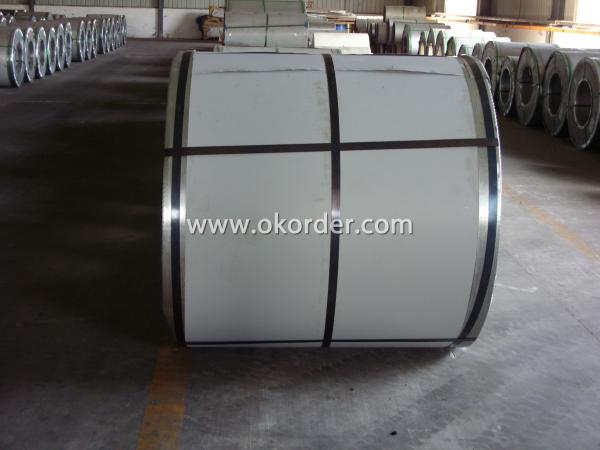
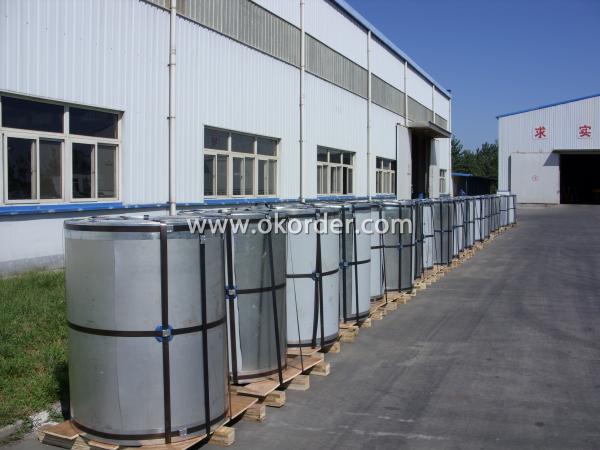
Production Flow Of Prepainted Galvanized Steel Matt
Production flow of hot sell prepainted galvanized steel include dual uncoiler,stitcher, bridles, entry accumulater, degreasing & chemical section, prime coater, prime oven, prime water quench, finish coating, finish back coater, finish oven, finish water quench, exit accumulater and recoiler.
- Q: How is steel wire rope used in elevators?
- Steel wire rope is used in elevators to provide the necessary strength and durability to support the weight of the elevator car and passengers. It is used as the primary load-bearing component, connecting the elevator car to the counterweight system and the hoisting machinery. This wire rope is designed to withstand high tensile forces and is crucial for ensuring safe and reliable vertical transportation in elevators.
- Q: What are the different types of steel profiles used in architecture?
- There are several types of steel profiles commonly used in architecture, including I-beams, H-beams, C-channels, angle irons, and hollow structural sections (HSS). These profiles offer different structural properties and are utilized for various purposes, such as providing support, creating framework, and enhancing aesthetic design in architectural structures.
- Q: What are the different types of steel springs and their uses?
- There are several types of steel springs, each with their specific uses. Some common types include compression springs, extension springs, torsion springs, and flat springs. Compression springs are designed to resist compression forces and are used in applications such as automotive suspensions, mattresses, and industrial machinery. Extension springs, on the other hand, are designed to absorb and store energy when pulled apart and are commonly used in garage doors, trampolines, and various mechanical devices. Torsion springs provide a rotational force and are commonly found in clothespins, garage door systems, and various small appliances. Flat springs, also known as leaf springs, are used in applications that require high strength and flexibility, such as automotive suspensions, agricultural equipment, and heavy machinery. Each type of steel spring has its unique properties and applications, making them essential components in various industries.
- Q: How is steel used in the production of electrical appliances and wiring?
- Steel is commonly used in the production of electrical appliances and wiring as it provides a strong and durable framework for various components. It is often used in the construction of appliance casings, motor housings, and brackets, ensuring the safety and protection of internal electrical components. Additionally, steel is used in electrical wiring as a support structure, providing strength and stability to carry and distribute electricity effectively.
- Q: What is the role of steel in the manufacturing of railway tracks?
- Steel plays a crucial role in the manufacturing of railway tracks as it is the primary material used for the rails. Steel's high strength, durability, and resistance to wear and deformation make it ideal for withstanding heavy loads, extreme weather conditions, and continuous train traffic. The use of steel ensures the tracks remain stable, safe, and capable of supporting the weight of trains over long distances, contributing to the efficiency and reliability of the railway system.
- Q: What are the common uses of stainless steel cookware?
- The common uses of stainless steel cookware include cooking a variety of foods such as meats, vegetables, and sauces. It is also suitable for boiling, simmering, frying, and sautéing. Stainless steel cookware is known for its durability, heat conductivity, and non-reactive properties, making it ideal for everyday cooking in kitchens and professional settings.
- Q: What are the advantages of using steel in shipbuilding?
- There are several advantages of using steel in shipbuilding. Firstly, steel is known for its high strength and durability, making it ideal for constructing large vessels that can withstand the harsh marine environment. Secondly, steel is highly resistant to corrosion and rust, which helps prolong the lifespan of ships and reduces maintenance costs. Additionally, steel offers excellent fire resistance, ensuring safety onboard. Moreover, steel is readily available and can be easily fabricated, allowing for efficient production and construction processes. Lastly, steel provides structural stability, enabling ships to navigate through rough seas with enhanced stability and reliability.
- Q: What are the advantages of using stainless steel in food processing?
- There are several advantages of using stainless steel in food processing. Firstly, stainless steel is highly resistant to corrosion, which means it does not rust or develop stains, ensuring the purity and safety of the food being processed. Secondly, stainless steel is easy to clean and maintain, making it a hygienic choice for food processing equipment. Additionally, stainless steel is a durable material, capable of withstanding high temperatures and tough conditions, making it suitable for heavy-duty food processing operations. Lastly, stainless steel is non-reactive, meaning it does not interact with food or alter its taste, ensuring the integrity and quality of the final product.
- Q: What are the different types of steel forgings and their applications in the defense industry?
- There are various types of steel forgings used in the defense industry, including carbon steel forgings, alloy steel forgings, and stainless steel forgings. Carbon steel forgings offer excellent strength, toughness, and wear resistance, making them suitable for applications such as weapon components, tanks, and armored vehicles. Alloy steel forgings provide enhanced strength, durability, and corrosion resistance, making them ideal for applications like aircraft landing gear, missile components, and submarine parts. Stainless steel forgings are known for their excellent corrosion resistance and high strength, making them suitable for applications such as naval vessels, submarines, and aircraft components exposed to harsh environments. Overall, steel forgings play a critical role in the defense industry by providing essential components that ensure the reliability and performance of various defense systems and equipment.
- Q: How is steel used in the production of laboratory equipment?
- Steel is used in the production of laboratory equipment due to its exceptional strength, durability, and resistance to corrosion, making it ideal for manufacturing various tools and instruments used in scientific research and experimentation.
1. Manufacturer Overview
| Location | Hebei, China |
| Year Established | 2008 |
| Annual Output Value | |
| Main Markets | Asia |
| Company Certifications | ISO9001 Certificate |
2. Manufacturer Certificates
| a) Certification Name | |
| Range | |
| Reference | |
| Validity Period |
3. Manufacturer Capability
| a) Trade Capacity | |
| Nearest Port | Tianjin Port |
| Export Percentage | 50% |
| No.of Employees in Trade Department | 50 |
| Language Spoken: | English, Chinese |
| b) Factory Information | |
| Factory Size: | 10,000-30,000 square meters |
| No. of Production Lines | Over 10 |
| Contract Manufacturing | OEM Service Offered Design Service Offered |
| Product Price Range | Average |
Send your message to us
Prepainted Galvanized Steel Matt
- Loading Port:
- Tianjin Port
- Payment Terms:
- TT or LC
- Min Order Qty:
- 50mt m.t.
- Supply Capability:
- 5000 tons per month m.t./month
OKorder Service Pledge
OKorder Financial Service
Similar products
Hot products
Hot Searches
Related keywords
